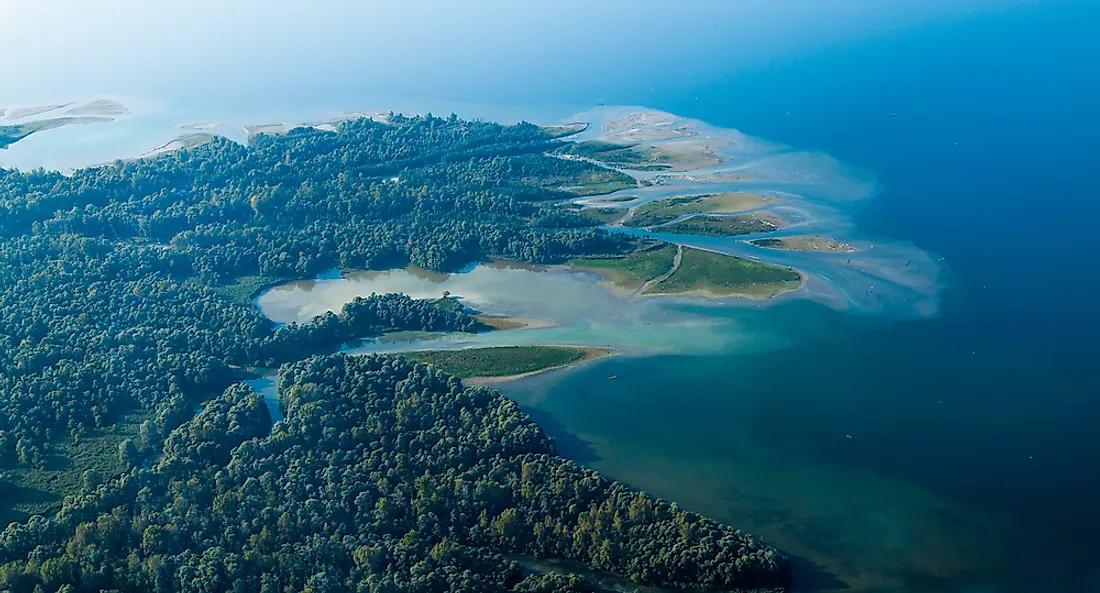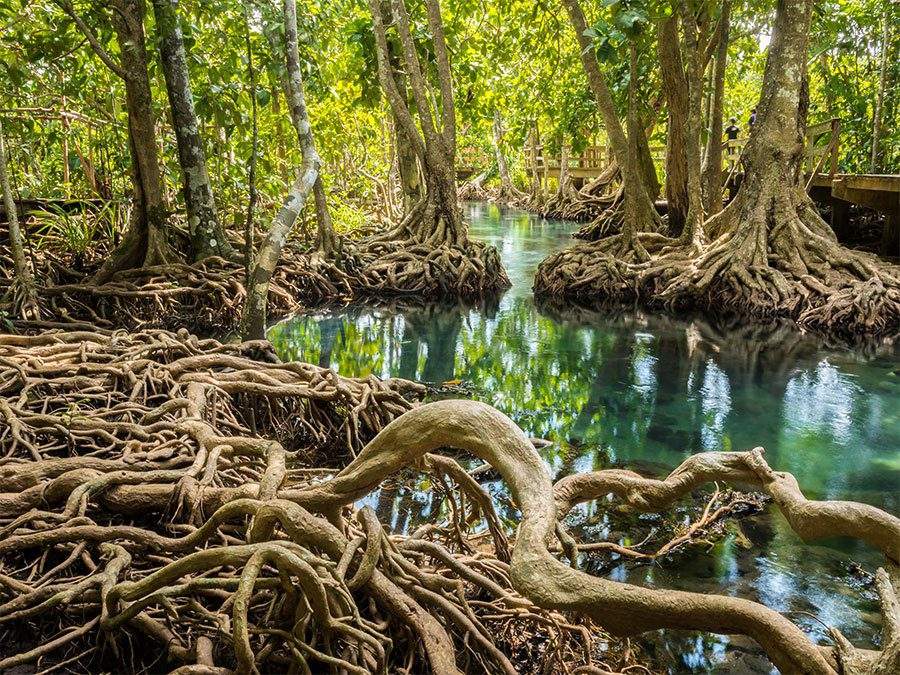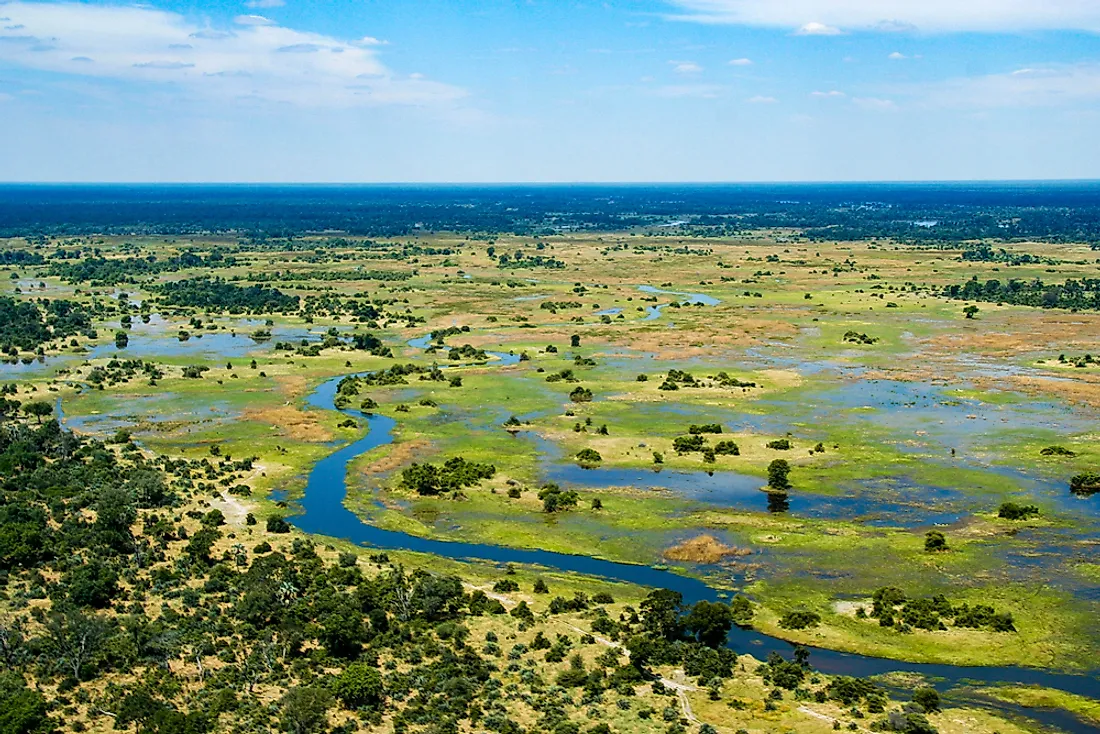Exploring the World’s Largest Delta: The Majestic Sundarbans: The Sundarbans, nestled at the mouth of the Ganges, Brahmaputra, and Meghna rivers, is the world’s largest delta and one of nature’s finest masterpieces. Spanning both India and Bangladesh, this extraordinary ecosystem is a haven for biodiversity, culture, and natural wonders. The region is home to the iconic Royal Bengal Tiger, sprawling mangrove forests, and communities that have coexisted with nature for centuries. Let’s delve deeper into this topic “world’s largest delta”.

In this blog, we’ll take you on a journey through the Sundarbans, exploring its unparalleled beauty, ecological significance, and why it’s a must-visit destination. Plus, we’ll share how Royal Sundarban Tourism can help you experience the magic of this remarkable delta like never before.
What Makes the Sundarbans the World’s Largest Delta?
1. A Meeting of Rivers
The Sundarbans Delta is formed by the confluence of three mighty rivers:
- Ganges (India’s lifeline),
- Brahmaputra (flowing from the Himalayas), and
- Meghna (enriching Bangladesh).
Their combined waters have carved a vast, fertile plain, stretching over 10,000 square kilometers. This unique confluence of freshwater and saltwater supports an extraordinary ecosystem. We can explore this further “world’s largest delta”.

2. An Endless Network of Waterways
The delta is a labyrinth of rivers, tidal waterways, mudflats, and small islands. This intricate network not only supports the region’s biodiversity but also provides a lifeline for local communities that depend on fishing, honey collection, and sustainable agriculture.
3. A Crucial Coastal Shield
Acting as a natural barrier, the Sundarbans protect the coastal regions of India and Bangladesh from cyclones, floods, and erosion. Its mangrove forests absorb the impact of strong winds and rising sea levels, making it a critical buffer for millions of people. Feel free to share more details so we can discuss further “world’s largest delta”.
Biodiversity of the Sundarbans: A Living Treasure
The Sundarbans isn’t just the largest delta; it’s also one of the most biodiverse regions on Earth. Here’s why: We could talk more about this “world’s largest delta”.
1. Home to the Royal Bengal Tiger
The Sundarbans are synonymous with the Royal Bengal Tiger. These tigers have adapted to the swampy, mangrove-filled terrain, becoming expert swimmers and stealthy hunters. The delta is home to the largest population of these iconic big cats. I’m happy to elaborate further on this “world’s largest delta”.

2. A Birdwatcher’s Paradise
Over 260 bird species call the Sundarbans home. From colourful kingfishers and majestic eagles to migratory Siberian cranes, the region is a haven for birdwatchers.
3. Marine and Aquatic Life
The waterways teem with Gangetic dolphins, estuarine crocodiles, mudskippers, and countless fish species, all vital to the ecosystem’s balance.
4. Unique Mangrove Vegetation
The delta’s mangroves include species like the Sundari tree, which gives the Sundarbans its name. These trees are not only ecologically significant but also act as natural barriers against erosion.
Also, you can Book the Sundarban Tour At Maity Tourism and Sundarban Leisure Tourism Powered By Argusdna,

Life and Culture in the Sundarbans
Beyond its natural wonders, the Sundarbans is rich in cultural heritage. The people of this region have developed a lifestyle deeply intertwined with nature. Here are some cultural highlights:
1. Bonbibi: The Guardian Deity
The people of Sundarbans worship Bonbibi, the forest goddess who protects them from tigers and other dangers. Her legends are an integral part of the local folklore and festivals.
2. Traditional Livelihoods
- Fishing and Crab Farming: The waterways provide sustenance and income for thousands.
- Honey Collection: Locals harvest honey from wild bees in the mangroves, a dangerous but rewarding tradition.
3. Sustainable Living
The communities here are a testament to sustainable living, using resources judiciously and maintaining harmony with their environment.
Why Visit the Sundarbans?
Visiting the Sundarbans is not just about exploring the world’s largest delta; it’s about witnessing a rare harmony between nature and humanity. Here’s what awaits you:
1. Unparalleled Natural Beauty
Navigate serene rivers, walk through lush mangroves, and soak in the mesmerizing views of sunrise and sunset.
2. Adventure and Thrill
From boat safaris and wildlife spotting to exploring remote islands, the Sundarbans offer an adrenaline rush like no other.
3. Unique Wildlife Encounters
Spotting a Royal Bengal Tiger, watching crocodiles basking in the sun, or catching a glimpse of dolphins swimming by will be memories you’ll cherish forever.
4. A Glimpse into Local Life
Learn about the traditions, struggles, and resilience of the Sundarbans’ communities, offering you a deeper connection to the region.
How Royal Sundarban Tourism Elevates Your Experience
When it comes to exploring the Sundarbans, you need an experienced and reliable partner to guide you. Royal Sundarban Tourism, a genuine registered company, ensures a hassle-free, safe, and enriching experience. Here’s how:
1. Expertly Curated Tours
From wildlife safaris and village visits to cultural experiences, their packages are thoughtfully designed to showcase the best of the Sundarbans.
2. Safety First
Exploring a delta comes with its challenges, but with experienced guides and well-maintained boats, Royal Sundarban Tourism prioritizes your safety at every step.
3. All-Inclusive Packages
Enjoy seamless travel with all-inclusive packages covering:
- Comfortable accommodations in eco-resorts.
- Guided safaris and tours.
- Local delicacies and meals.
- Transportation to and from Kolkata.
4. Easy Booking and Payment
Booking with Royal Sundarban Tourism is simple:
- Website: Royal Sundarban Tourism
- Phone: +91 7439965413 / +91 8584838109
- Payment Options: GPay and PhonePe at 9804049535
- Email: info@royalsundarbantourism.com
- Address: Village: Tiger More, Gosaba, Pakhiralay, District- 24 Parganas South, West Bengal 743370
Best Time to Visit the Sundarbans
For the best experience, plan your trip between November and February. These months offer pleasant weather, active wildlife, and vibrant bird migrations. Avoid the monsoon season due to heavy rains and limited accessibility.
Tips for an Unforgettable Trip
- Pack Smart: Bring sunscreen, hats, insect repellent, and comfortable shoes.
- Follow Eco-Friendly Practices: Respect the fragile ecosystem by avoiding littering and sticking to designated paths.
- Choose Guided Tours: To make the most of your trip, opt for experienced guides like those from Royal Sundarban Tourism.
Plan Your Sundarban Adventure Today!
The world’s largest delta awaits, offering you the chance to connect with nature, explore vibrant wildlife, and experience the unique culture of the Sundarbans. Whether you’re an adventurer, a nature lover, or a curious traveler, the Sundarbans is a destination that will stay in your heart forever.
Book your Sundarbans tour with Royal Sundarban Tourism and let their expertise turn your trip into an extraordinary journey. Visit Royal Sundarban Tourism or call +91 7439965413 / +91 8584838109 to start planning today!
